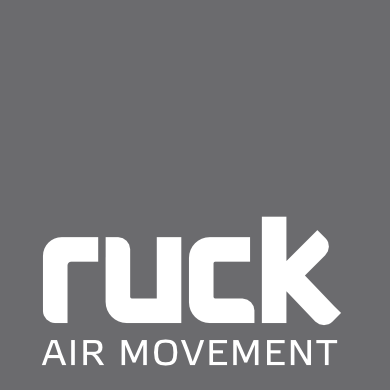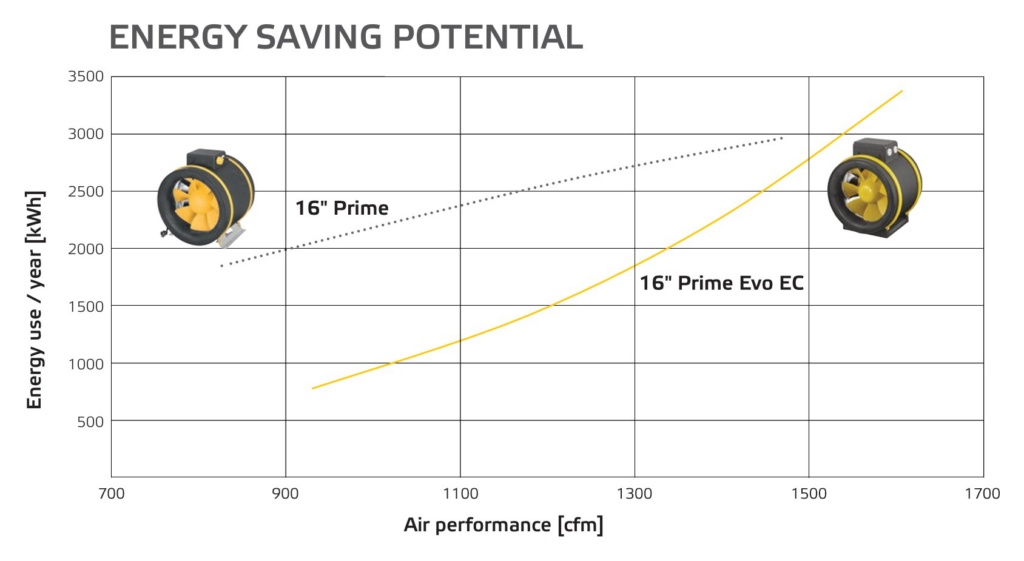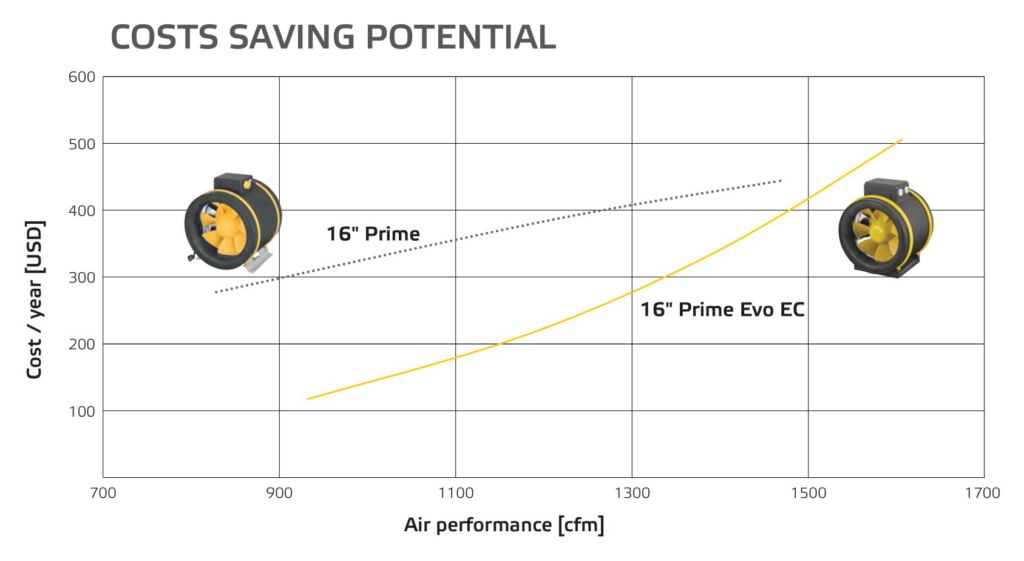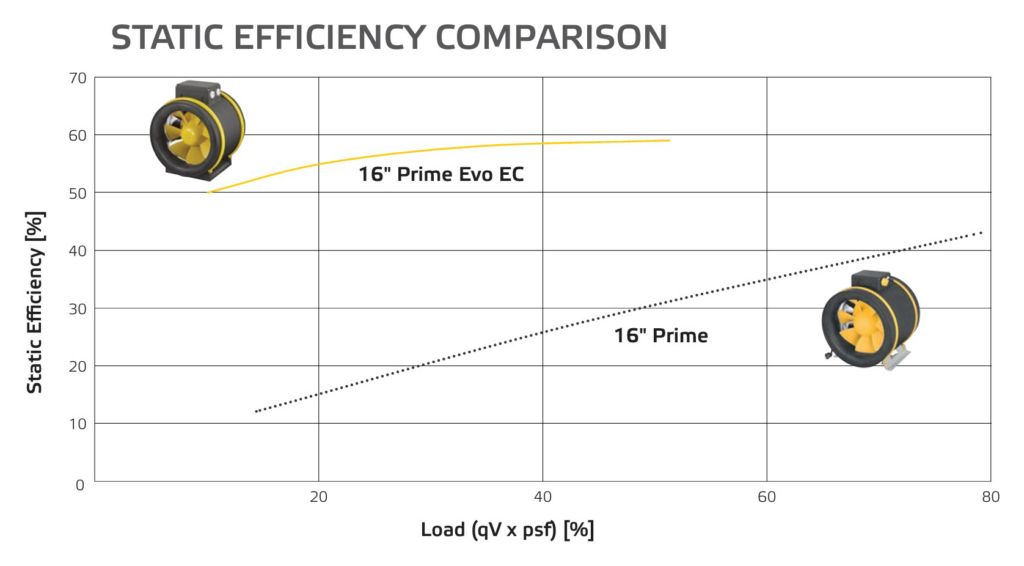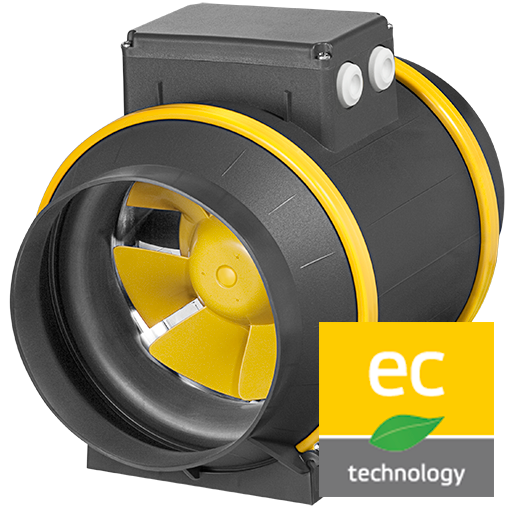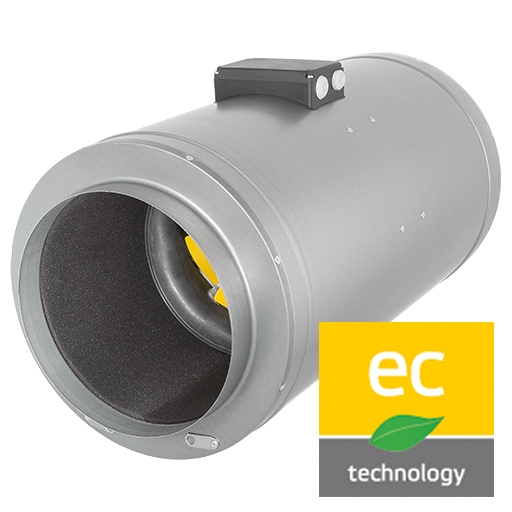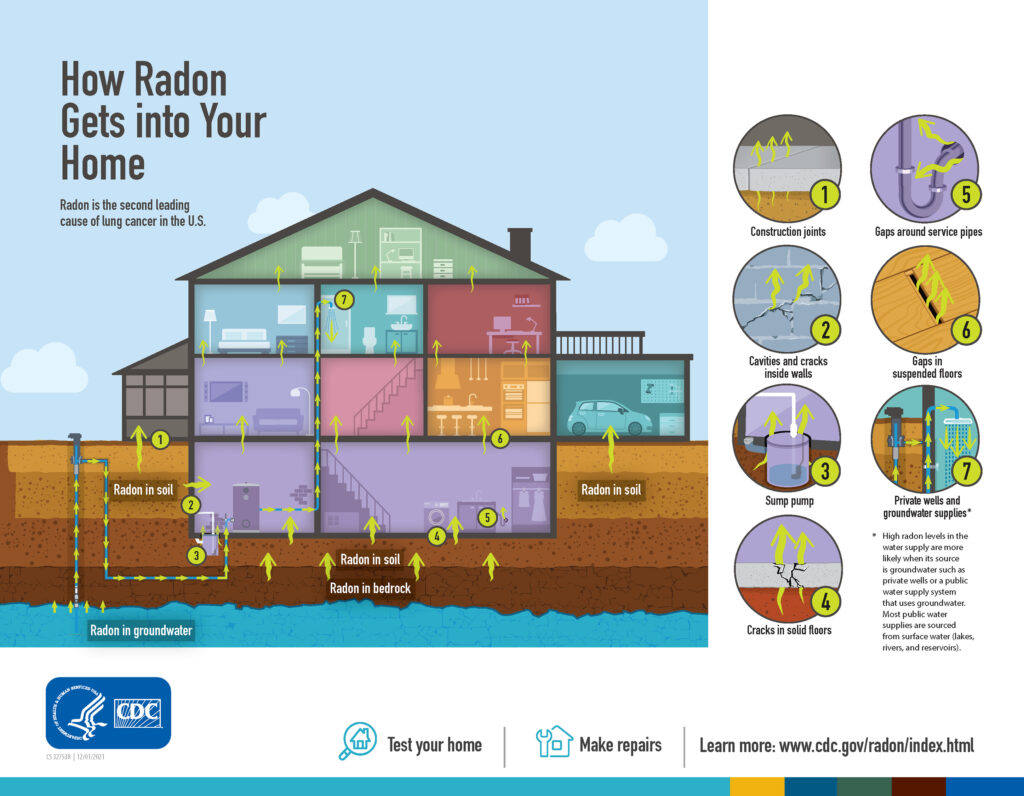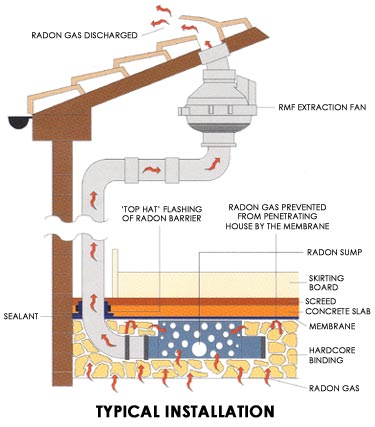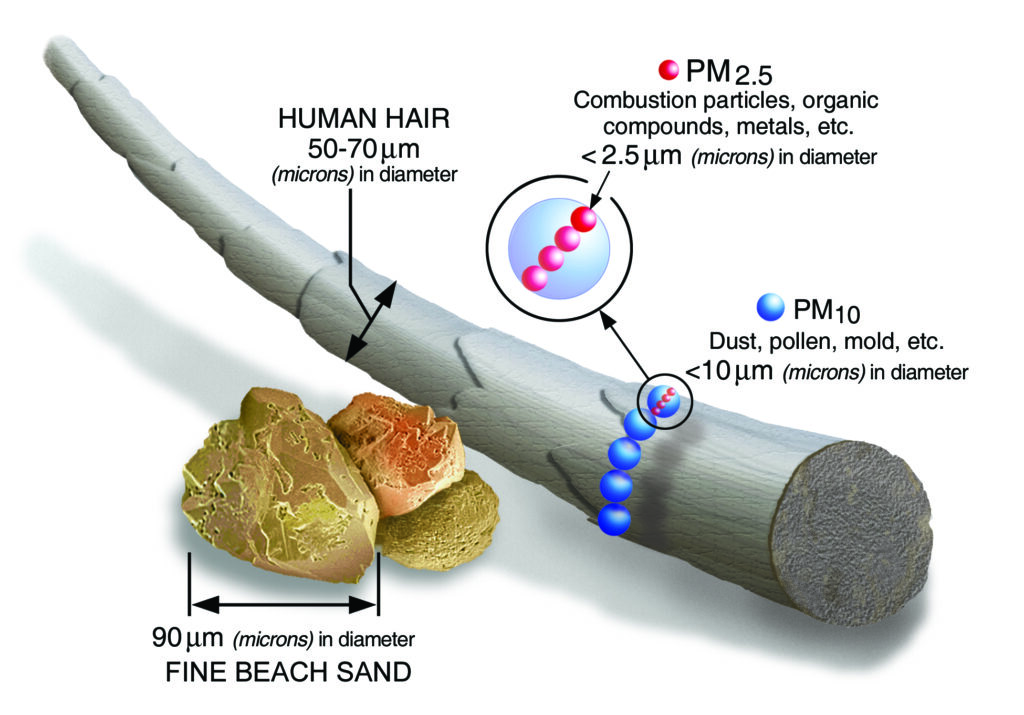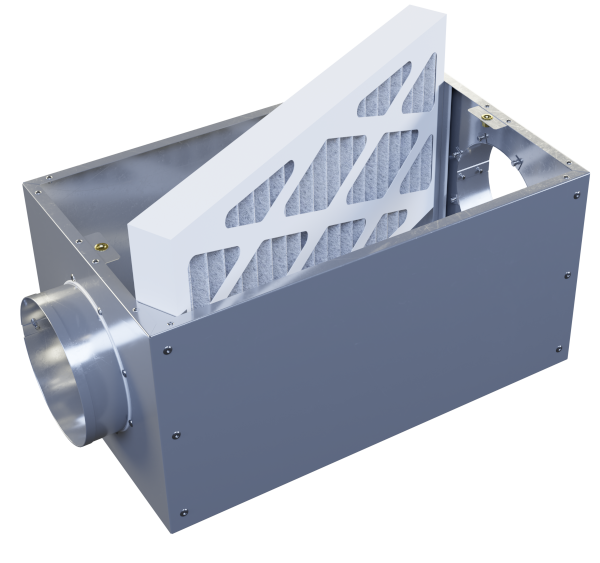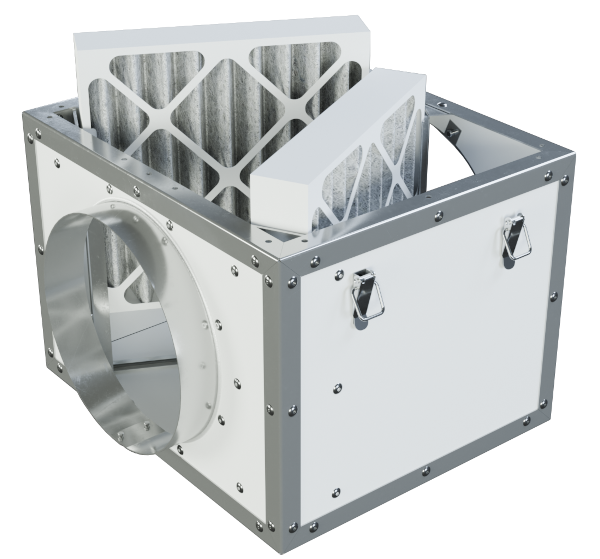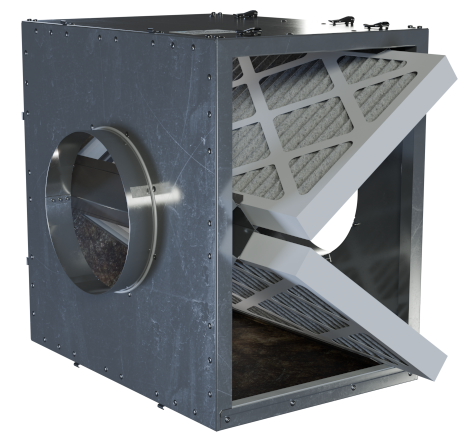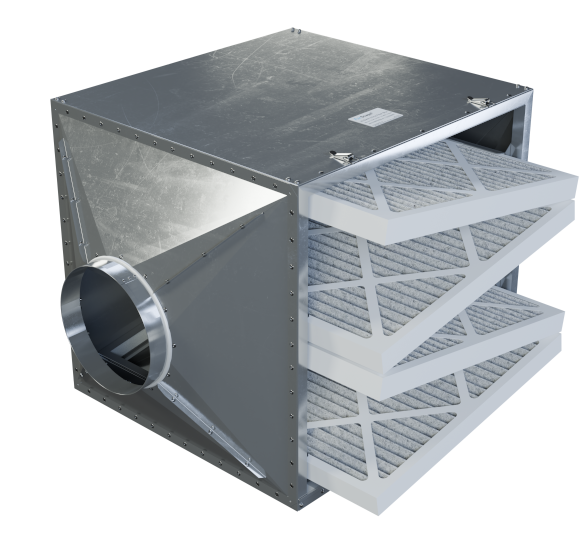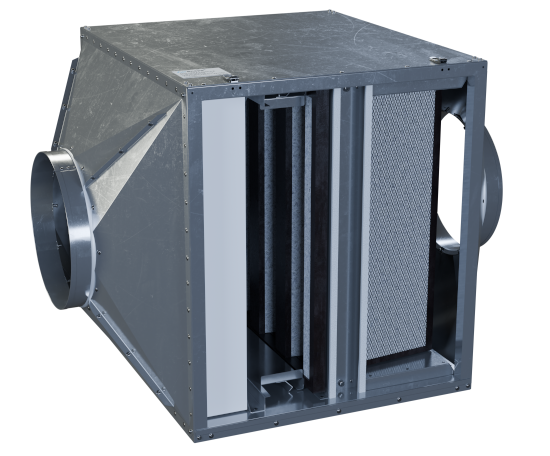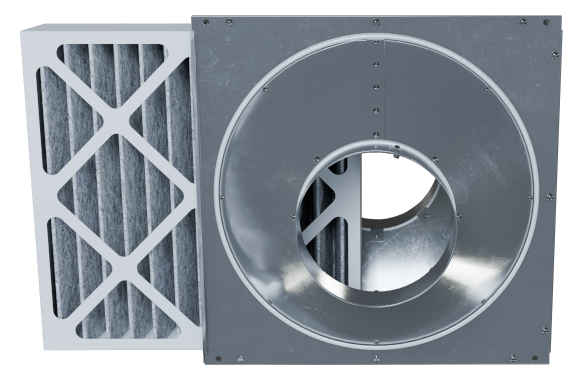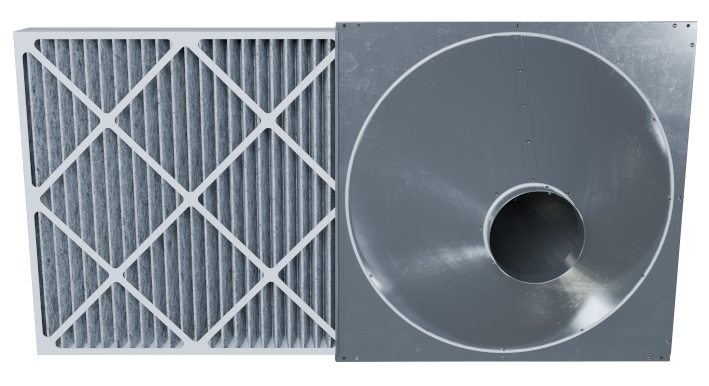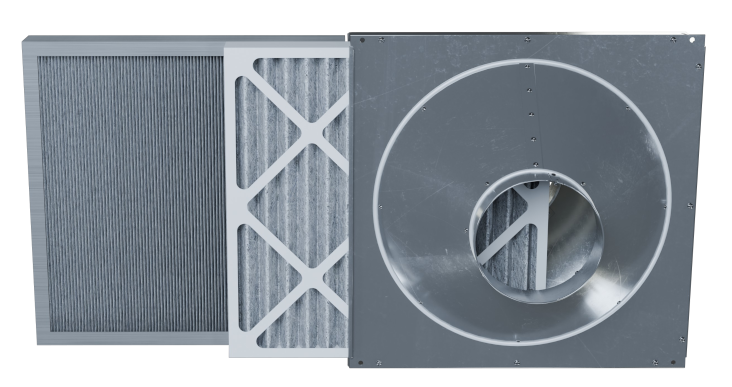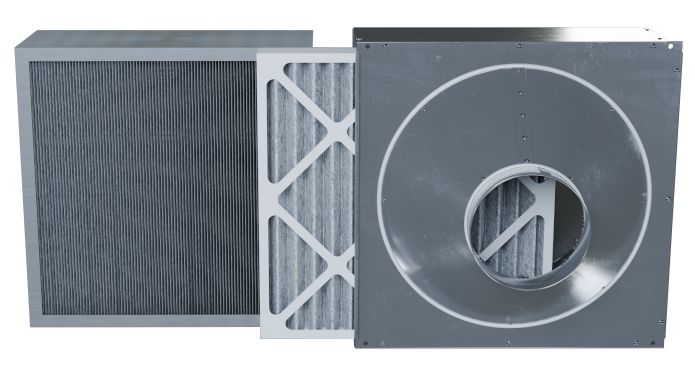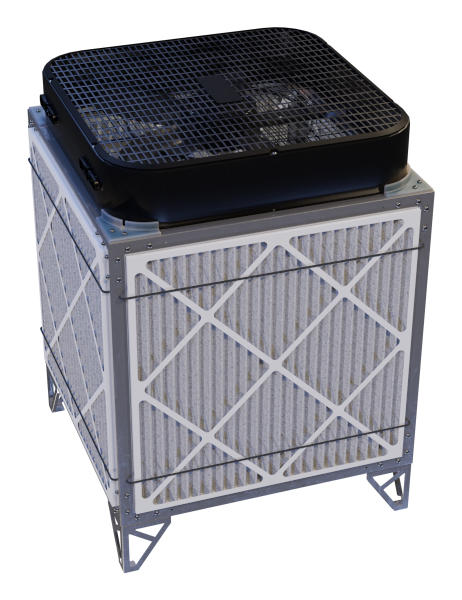In today’s world, efficiency and control are paramount, and that extends to the air we breathe. When it comes to ventilation, traditional AC (Alternating Current) fans are rapidly being outpaced by a superior technology: Electronically Commutated (EC) motors. Leading the charge in German-engineered excellence is ruck Air Movement.
The Prime Evo EC and S-Prime Evo EC are more than just fans, they’re intelligent air movement systems designed to deliver optimal performance while significantly reducing operating costs and enhancing comfort. Let’s dive into why ruck’s EC fans are quickly becoming the industry standard.
The Power of EC Technology
At the heart of every ruck Prime Evo EC and S-Prime Evo EC fan lies an advanced EC motor. Unlike conventional AC motors that operate at a fixed speed, EC motors combine the efficiency of a DC motor with sophisticated integrated electronics. This allows for:
Unmatched Energy Efficiency: EC motors are inherently more efficient, especially when operating at partial loads. This means they consume less electricity for the same amount of airflow, leading to substantial savings on your energy bills, day in and day out.
Precise, Stepless Speed Control: Forget rigid low, medium, or high settings. ruck EC fans offer a continuous, stepless speed control, typically with a 0-10V signal. This allows you to fine-tune your airflow precisely to the exact needs of your space, optimizing everything from temperature and humidity to air quality.
Significant Cost Savings: The high efficiency of ruck’s EC fans directly translates to lower operational costs. By consuming significantly less power for the same amount of airflow, they offer a fast return on investment and substantial long-term savings on your energy bills.
Whisper-Quiet Operation: The brushless design and electronic commutation of EC motors result in significantly less noise and vibration, creating a more peaceful environment.
High Static Efficiency: ruck’s EC fans are engineered to maintain a high static efficiency, meaning they are very effective at moving air against the resistance of ductwork, filters, and other system components. This ensures reliable and powerful performance even in complex or restrictive ventilation systems.
Longer Lifespan & Reduced Maintenance: With fewer mechanical wearing parts, EC motors run cooler and require less maintenance, extending the life of your fan and reducing costly downtime.
ruck’s EC Fan Lineup
ruck understands that not all ventilation challenges are the same. That’s why they offer two distinct EC series, each with unique advantages
ruck Prime Evo EC: The Versatile Workhorse
Engineered for superior air movement and energy efficiency, the Prime Evo EC fans are high-performance inline mixed-flow fans. They feature a compact, durable plastic housing, often rated IPX4, and optimized impellers designed to maximize airflow volume while maintaining impressive energy efficiency. Ideal for standard ducting installations, Prime Evo EC fans offer robust, reliable, and energy-saving air circulation where powerful performance is key.
ruck S-Prime Evo EC: The Silence Specialist
For environments where noise is a critical concern, the S-Prime Evo EC fans are the undisputed champion. These fans integrate advanced EC motor technology into a premium, sound-insulated casing. This unique design includes acoustic lining that absorbs fan and airflow noise directly at the source, delivering powerful and precisely controllable airflow with significantly minimized noise levels. S-Prime Evo EC fans are perfect for offices, residential areas, or any spaces where quiet operation is essential for comfort and productivity.
Choose Smarter, Breathe Better
Investing in ruck’s EC fan technology isn’t just about buying a fan; it’s about upgrading to a smarter, more efficient, and more comfortable ventilation solution. Whether you prioritize raw airflow performance or ultimate quietness, ruck has an EC fan engineered to meet your needs, save you money, and deliver unparalleled air quality.


